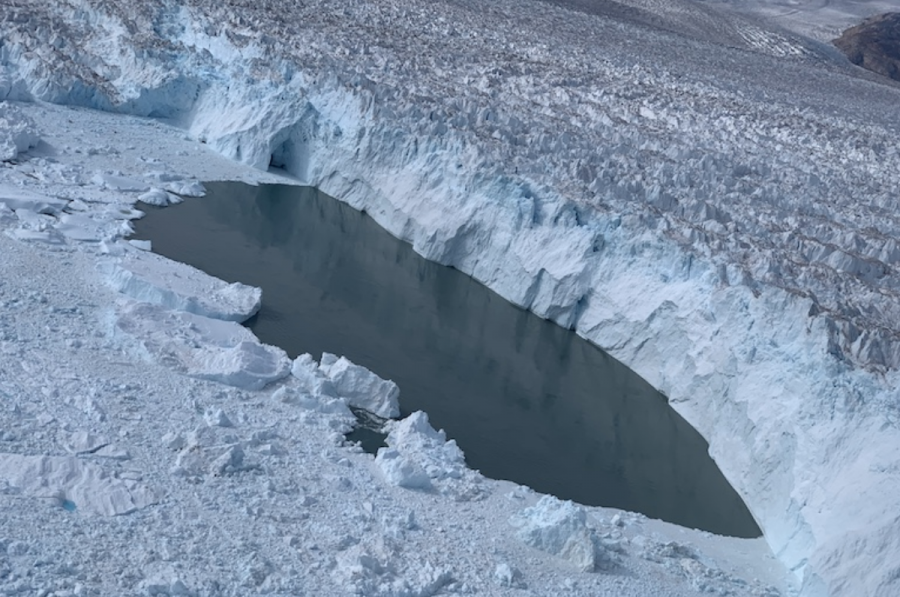Icelandic Glacier Melts Due to Climate Change
August 29, 2019
Scientists recently bid farewell to the first glacier lost in Iceland, pleading others to observe and take action against these threatening situations. This marked the first time that a glacier had been expended due to melting, showing the increasingly apparent changes climate change has caused.
Scientists started observing this rapid decline in ice back in 2014, when Okjökull- an ice mass in Iceland- lost its status as a glacier. This May, scientists saw record high temperatures in the area. Since then, it has been persistently melting, losing about 197 billion tons of ice per month. As scientists honor Okjökull in a funeral of some sorts, they warn that other glaciers are on their way to suffer a similar fate. This could mean catastrophic results, not only for coastal cities, but for people all over the world.
“Global warming would be so bad because it would displace a bunch of people,” Katherine Yan ‘22 said. “We should solve this by investing in renewable energy and cutting down on energy we use right now. It is an issue because it’s going to hurt our crops and also submerge coastal cities. ”
By 2100, 2 billion people could be displaced by rising sea levels. Food sources and drinkable water springs are equally in danger, as rising sea levels force farmers to change what crops they grow. It also increases the risk of flooding in coastal cities, which may cause a disruption in the economy. Finally, rising sea levels represent more hazardous travel, halting trade in some ports and forcing others to adopt longer routes.
With the global climate crisis only being amplified by large ice sheets, scientists worry about the lack of attention towards global climate change. As they say goodbye to the glacier, scientists place a memorial plaque in the area, referencing the future ambiguity of the situation. The plaque reads:
“This monument is to acknowledge that we know what is happening and what needs to be done. Only you know if we did it.”



